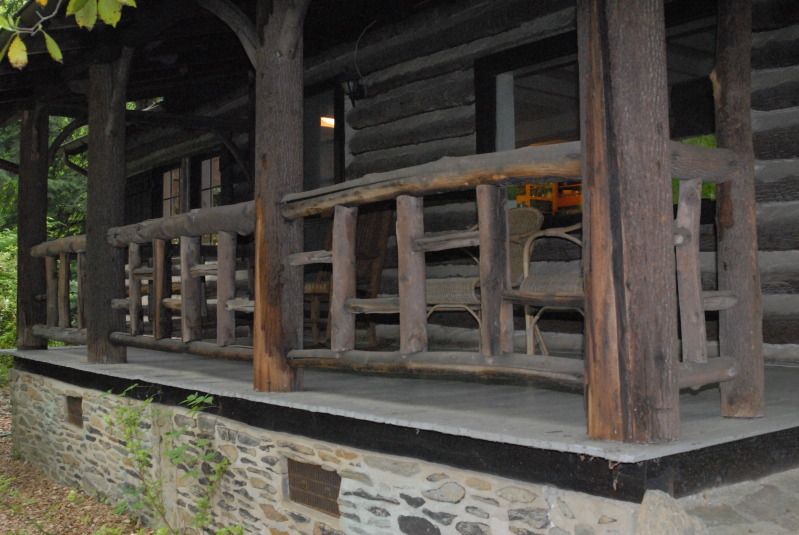Stihl Wielder
ArboristSite Member
First off, I am a long time wood cutter, but new to the milling aspect. I had a buddy with a wood-mizer mill a huge walnut a month ago for me, that was my first official milled log. Now, that being said, I got a big job coming up (for me, anyway) where the homeowner borders the mountain, and he has two huge 100' poplars and a huge 80' white oak that I will be falling. My question is what to do with these nice logs from the poplar tree (almost 3' diameter, there should be around 6 logs about 11' long). I plan on building a big wood shed for my firewood and was wondering if the poplar would be a good wood to roof and stagger-side the shed with. I hate to throw that poplar out as firewood (we all know poplar isn't the best firewood in the world), would it make decent siding boards? My buddy will mill it for around 20 cents / bd. foot. What should I do with those poplar logs?






